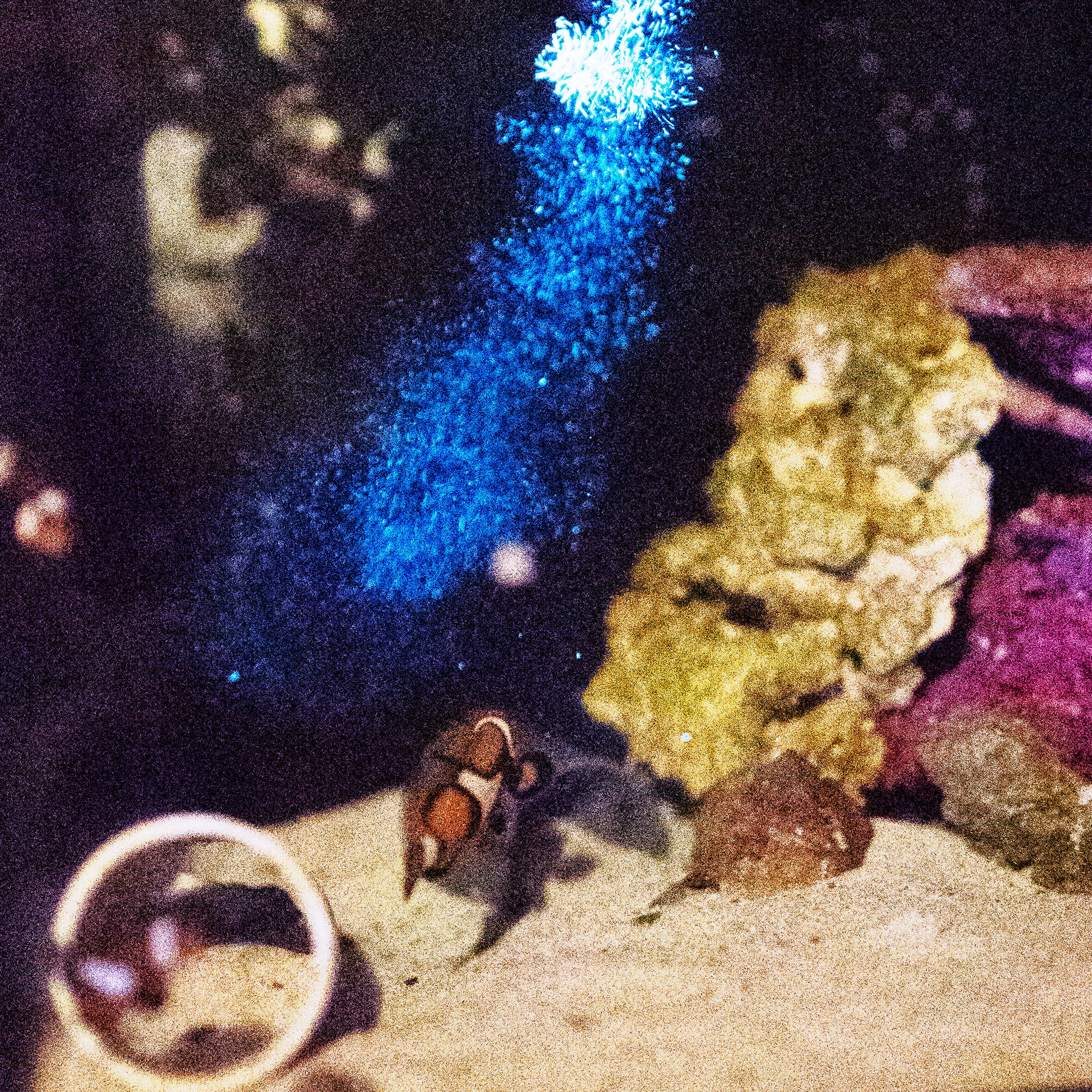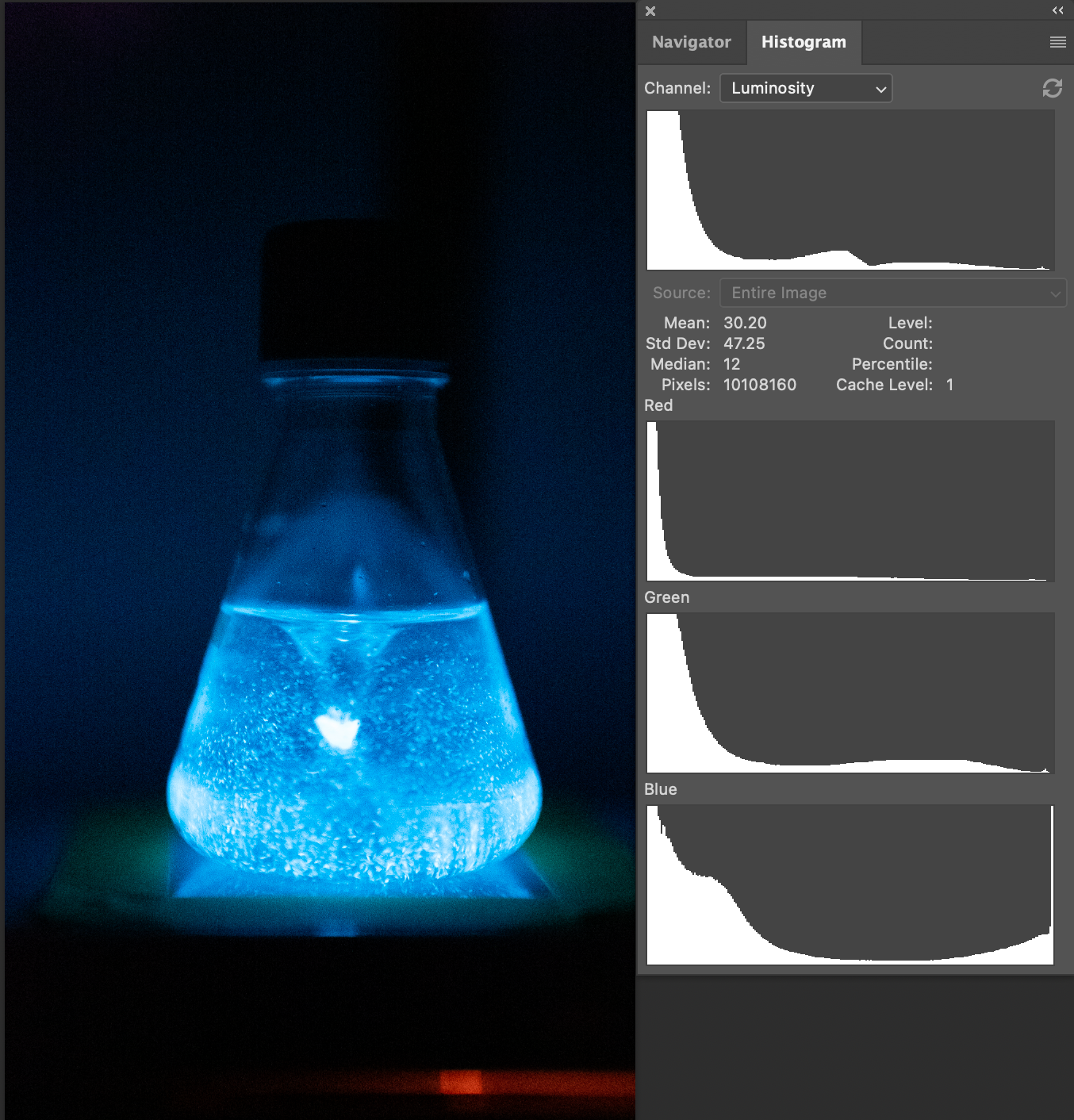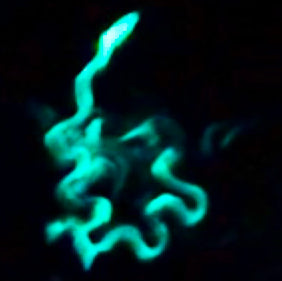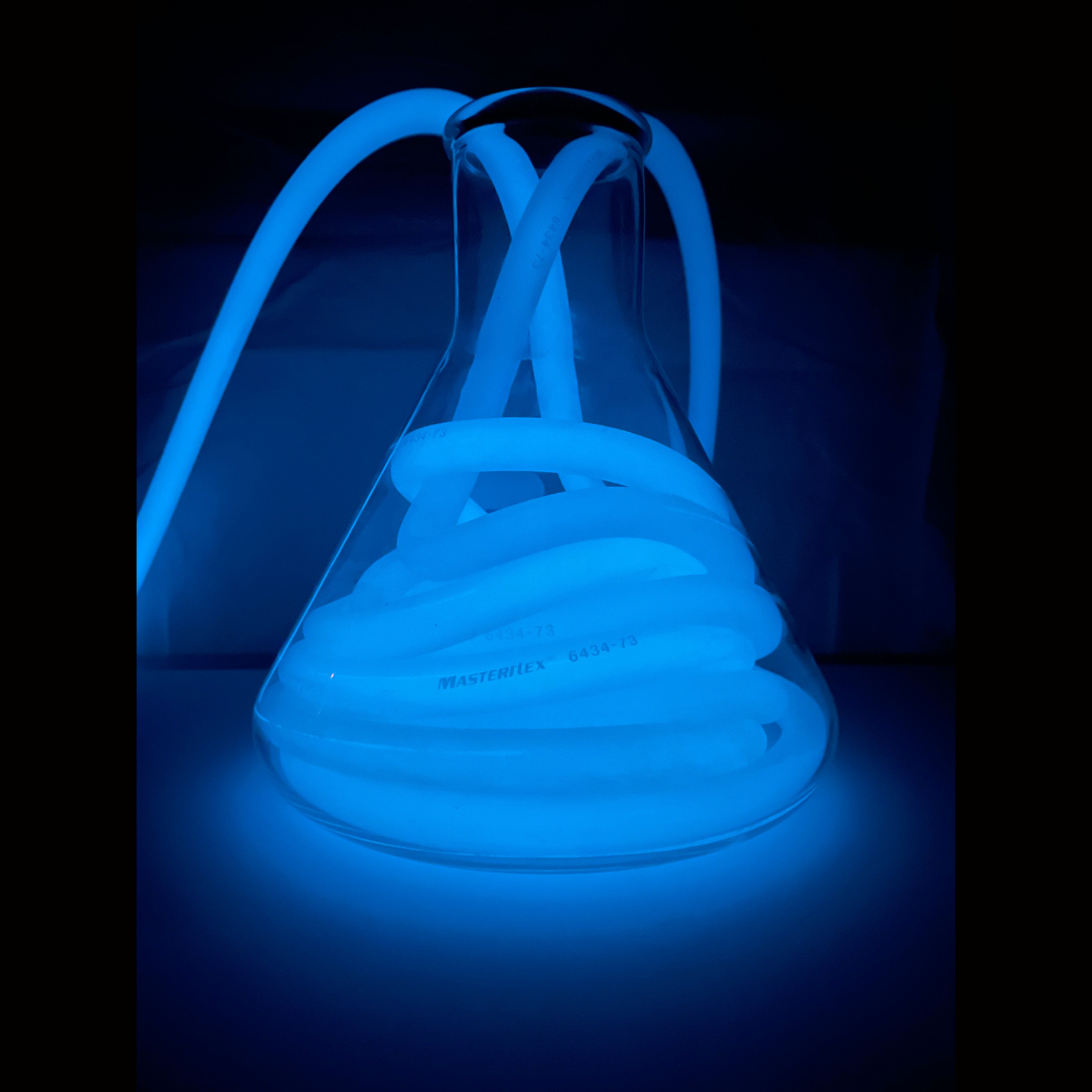Natural Plankton Bioluminescence in Saltwater Aquariums: Adding PyroDinos

Are you ready to unlock the mesmerizing beauty of bioluminescence in your saltwater aquarium? Adding PyroDinos, bioluminescent phytoplankton, is easy to do and creates a breathtaking spectacle that will leave you in awe. Let's dive into the process!
First, you'll need to get some PyroDinos, the remarkable dinoflagellate species known as Pyrocystis fusiformis. Don't worry if you hear the word "dinoflagellate" and get concerned – PyroDinos are different. Unlike some dinoflagellates that can pose challenges in marine tanks, PyroDinos are true phytoplankton. The tiny photosynthetic organisms that serve as the foundation of the marine food chain.

To witness the starry night effect in your aquarium, follow these steps:
- PyroDinos: Get your PyroDinos from a reliable source (you can find them HERE [link]) or on Amazon. Ensure you are using PyroDinos which are beneficial for saltwater or marine aquariums.
- Wait for Nighttime: Timing is everything. When night falls, the magic begins. Make sure you turn off all the lights in your aquarium.
- Add PyroDinos: Carefully pour the desired amount of PyroDinos into your tank. The exact quantity will depend on your tank size. As you introduce them into the water, get ready for the enchanting show to unfold.
Prepare to be mesmerized by the ethereal glow emitted by the PyroDinos. This unique natural bioluminescence effect will create a captivating atmosphere in your aquarium. Depending on your tank conditions, you can enjoy this breathtaking display for several nights or even weeks.
While there are numerous benefits to adding PyroDinos, it's important to be aware of potential considerations:
- Filtration and Predation: Mechanical filtration and protein skimmers may inadvertently remove PyroDinos from the water, and predatory organisms could also consume them.
- Water Imbalance: Adding phytoplankton to your marine aquarium has the potential to introduce phosphates, nitrates, and silicates, which may disrupt the water balance. Regular testing and appropriate adjustments are necessary to maintain optimal water parameters.
- Dietary Needs: It's worth noting that not all coral and invertebrate species directly feed on phytoplankton. Ensure that the inhabitants of your aquarium have appropriate food sources to meet their specific nutritional requirements.
If you're interested in cultivating your own PyroDinos, you can grow them in a two-liter bottle or a refugium tank under standard lighting conditions. This allows you to create a separate culture and then dose your marine tank with the PyroDino culture at night. You can dose manually or consider using a reef dosing pump for more precise measurements.

For detailed instructions on growing PyroDinos, we recommend watching this informative video: [Grow Your Own PyroDinos]
Aquarium Images were part of a collaboration between PyroFarms and Aquatica Corals and Custom Aquariums, San Diego
Thinking about a custom aquarium? Visit https://aquaticacorals.com/



Comments